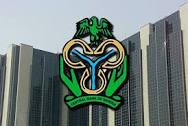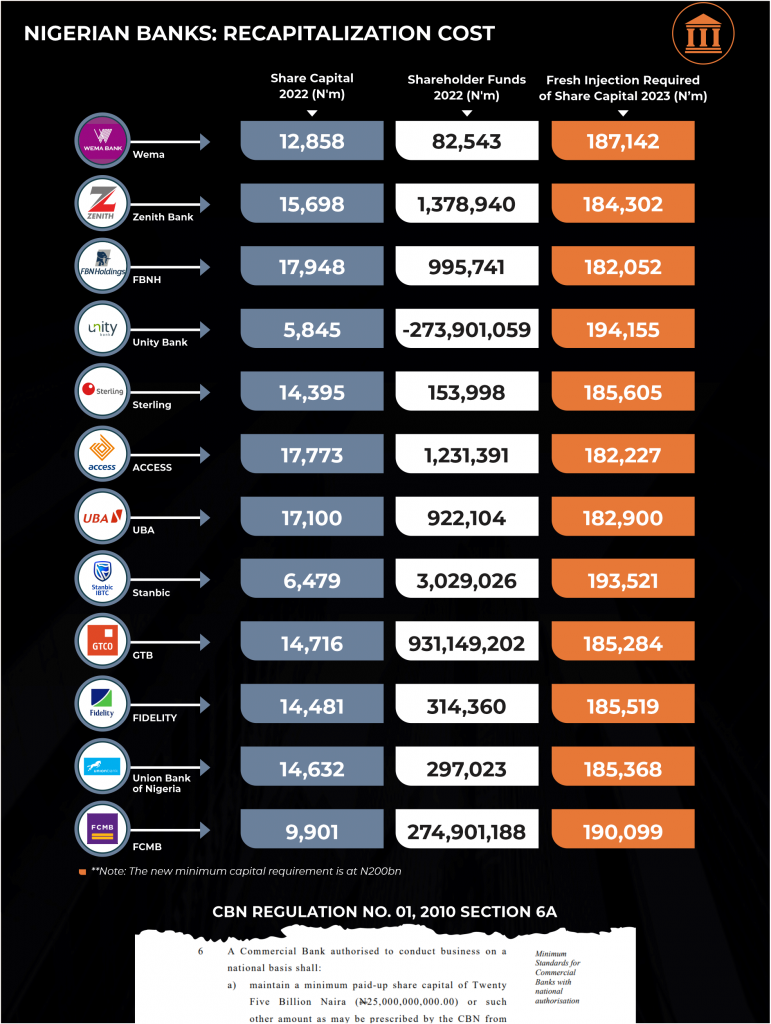Naira Devaluation Inspires Calls for Bank Recapitalisation

Stakeholders have taken a side glance at bank capital as the recent naira harmonization of official exchange rates has led to a depreciation of the local currency and discounted the dollar value of Nigerian bank capital. The consequence according to observers is a need to re-establish the dollar value of bank equity to support their ability to finance large ticket transactions and protect their long and short-term credit ratings. Of particular concern is the relative size of the local tier-1 capital of banks. The recent Central Bank of Nigeria (CBN) official exchange rate harmonization has hacked the dollar value of domestic money centre bank (DMB) capital at the knees. From a US$250m in 2005, the dollar value of bank capital in 2023 is US$33.3m at an exchange rate of N750/US$. The exchange rate in 2005 was N100/US$.
Following banking reforms in 2004 minimum capital requirement rose from N2bn to N25bn with naira at N100/US$ to meet a minimum capital base of US$250m. The recapitalisation led to the shrinking of the sector resulting in 89 banks consolidating into 25 larger institutions as banks merged due to meeting the minimum capital base requirement. This, according to a few analysts, perhaps wrongly, suggests that Nigerian banks are now undercapitalised.
However, considering the fragile nature of the domestic financial market, analysts may have seen the need to initially increase banks’ equity base to N100bn. The upward adjustment would strengthen tier 1 capital, enable banks to fund larger activities and support faster-paced gross domestic product (GDP) growth. The depreciation of the naira means a temporary slashing of the country’s dollar GDP number and a recalibration of expected GDP growth. However, this is not a problem. A focus on productivity, growth, and development in that order would quickly correct the situation. So should banks no longer recapitalize? They should be made to raise their capital base to match prospective GDP growth but in the interim, the Central Bank should be made to reduce the cash reserve ratio (CRR) from 32.5% to 20% to allow banks to extend further credit, reduce interest rates, and create opportunities for manufacturing sector growth. Cutting off the head to deal with a headache is never a pragmatic approach to solving problems. The CBN may need to ease off the CRR throttle to allow the economic engine to purr ahead nicely.
To be sure, all banks will require a fresh injection of capital to meet new capital requirements. Tier 1 banks with dual listing appear to have the favourable advantage of leveraging quick access to capital market funding relative to smaller institutions (see illustration 1 below).







